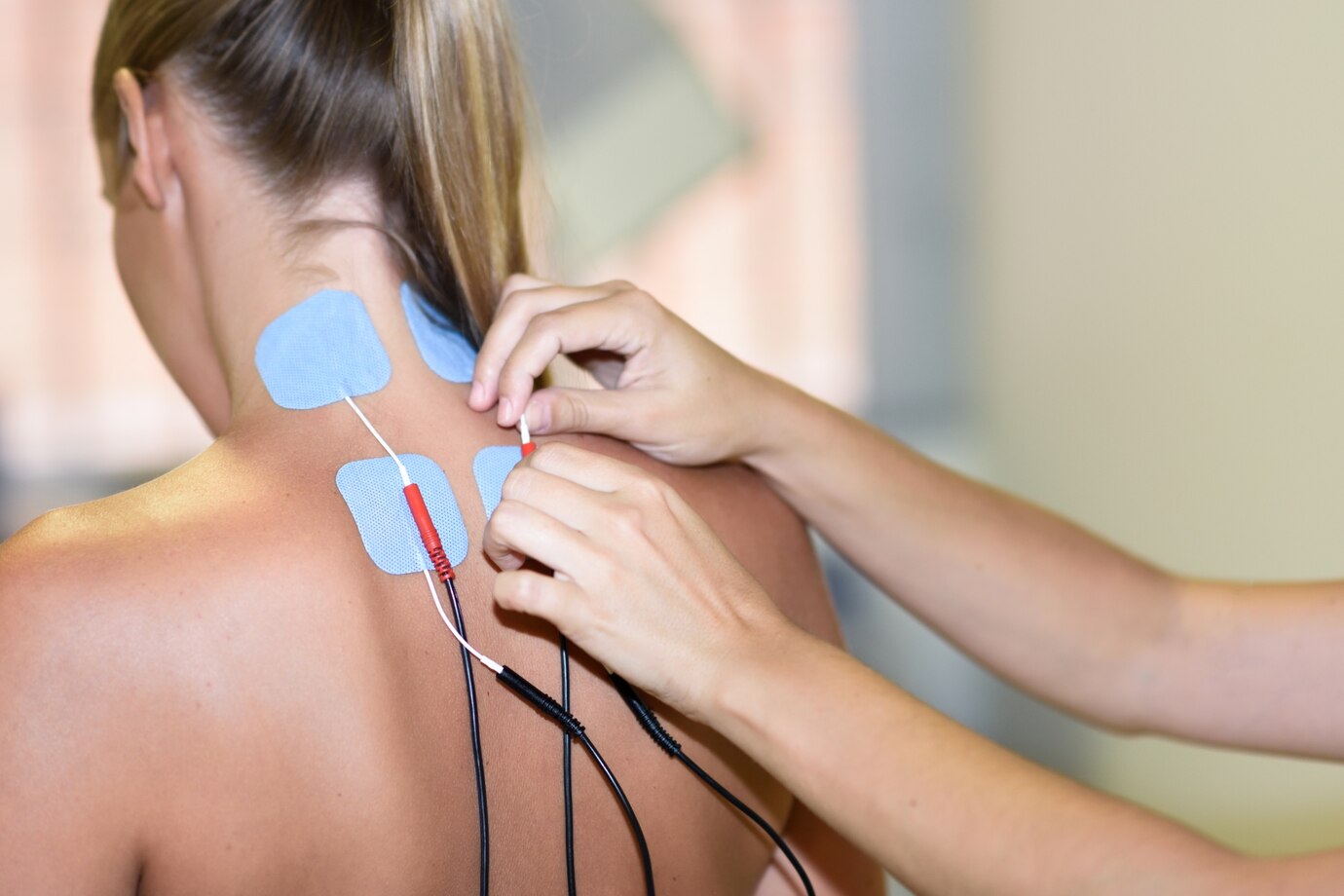

Now offering Primary Care services under Apex Primary Wellness! Schedule your visit today.


Have you experienced burning, stabbing pain in your arms, legs, or feet that worsens in the night? If you’ve been dealing with diabetes for a long time, these symptoms may indicate diabetic nerve pain (diabetic neuropathy), a prevalent concern for diabetic patients. As per research, about 25% of the 37 million Americans deal with painful diabetic neuropathy.
While managing blood sugar is essential to preventing its progression, treatments like spinal cord stimulation (SCS) are proving to be highly effective in providing relief from the discomfort caused by this condition. In this blog, we will learn how SCS can offer relief and improve the daily lives of those suffering from diabetic nerve pain.
Diabetic nerve pain occurs when high blood sugar levels lead to nerve damage, a condition known as diabetic neuropathy. This nerve damage can manifest in various ways, including:
These symptoms can severely impact daily activities and overall well-being, often becoming more pronounced at night. While medications and other therapies can provide some relief, they are not always useful. This is where spinal cord stimulation for chronic pain comes into the picture.
Spinal cord stimulation involves a small device implanted near the spinal cord, which sends electrical impulses to alter how pain signals are transmitted to the brain. Instead of feeling sharp, debilitating pain, the patient experiences a mild tingling sensation. This treatment does not remove the root cause of diabetic nerve pain but is useful in providing lasting neuropathy pain relief.
The SCS device works by disrupting pain signals before they reach the brain, essentially "tricking" the nervous system into feeling less pain. It’s a minimally invasive procedure that involves placing electrodes in the epidural space and a small battery under the skin to power the device. The procedure is normally performed on an outpatient basis, allowing for quicker recovery. To understand this in detail, let us see what to expect from an SCS procedure.
The SCS treatment process generally consists of a trial phase followed by a permanent implantation if the trial proves successful.
Once the device is successfully implanted, patients experience considerable neuropathy pain relief. Moreover, it provides several ongoing benefits for this condition.
Spinal cord stimulation has been found to offer considerable benefits for those dealing with diabetic nerve pain, including:
As we can see, spinal cord stimulation is a useful treatment to reduce the pain and discomfort of diabetic neuropathy. However, it is also important to complement it with proactive self-care measures to address the underlying condition. By incorporating both SCS and lifestyle changes, individuals can achieve more comprehensive management of this condition.
While SCS can provide substantial relief, it is not a method to reverse diabetic neuropathy. Hence, it is necessary to continue managing diabetes to prevent further nerve damage. Some essential diabetic neuropathy self-care tips are:
Spinal cord stimulation for chronic pain is considered a safe procedure. Nevertheless, it comes with a few risks and considerations. Common side effects may include:
A comprehensive evaluation is necessary to determine if SCS is an appropriate treatment option, taking into account the severity of neuropathy and the individual’s previous treatment history.
SCS may be a useful treatment to get lasting relief from chronic pain. It is a minimally invasive approach that works by manipulating the pain signals received by the brain. With minor side effects and a simpler procedure, it is beneficial for patients with diabetic neuropathy. If you're suffering from diabetic nerve pain, consider consulting with a healthcare professional to explore whether spinal cord stimulation is a suitable option for you.
At Apex Interventional Pain & Spine, we are committed to helping individuals live a pain-free, independent life. Our advanced, state-of-the-art treatment procedures include spinal cord stimulation for managing chronic pain. Our SCS procedure is performed by experienced professionals in a compassionate environment, ensuring your safety and comfort throughout the treatment process. Request an appointment with us to learn more.